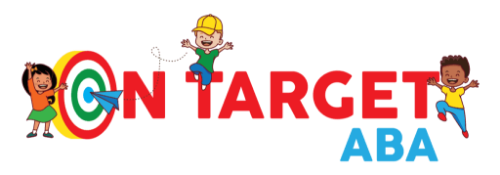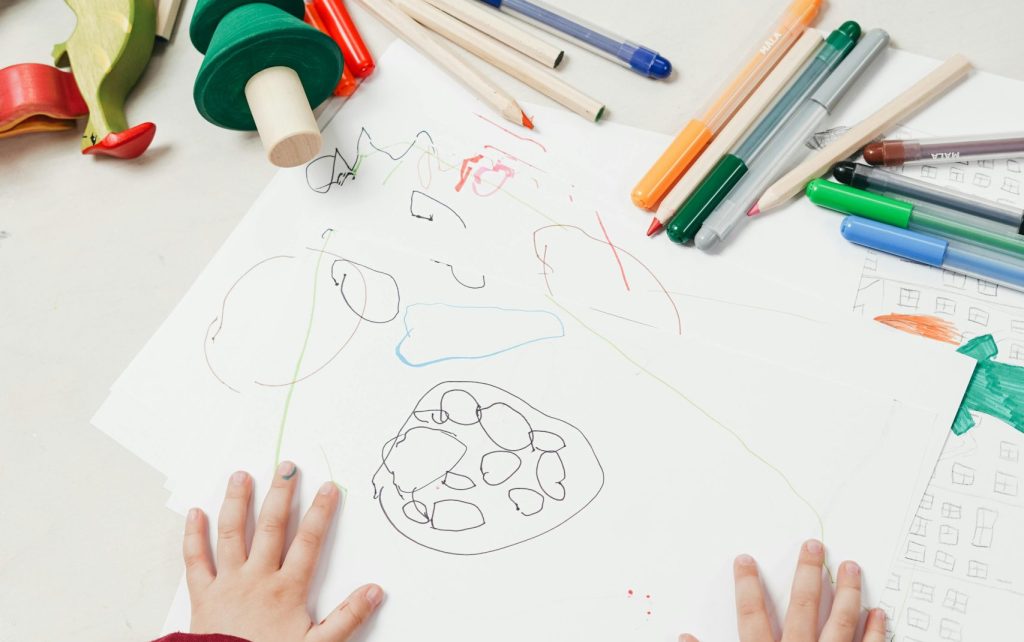🧠 AI Summary:
Parents often ask, “How long is an ABA session?” This blog explains what determines session length, how therapy hours are tailored to each child, and why consistency matters more than time alone. With insights from On Target ABA’s programs, it helps families understand how ABA sessions are structured — and how they fit into everyday routines for steady, meaningful progress.
Introduction: A Common Parent Question
If you’re new to ABA therapy, one of the first questions you’ll likely ask is:
It’s a great question — and one that doesn’t have a one-size-fits-all answer.
At On Target ABA, we believe that therapy should fit the child — not the other way around. Every program is customized to match each child’s age, attention span, goals, and daily routine. Whether your child attends a full-day center program or shorter sessions, what matters most is consistency, engagement, and progress.
Let’s explore how ABA session lengths are determined and what a typical day looks like inside our centers in Cleveland, Columbus, Worthington, and Utah. 🌈
What Is an ABA Session?
An ABA session (Applied Behavior Analysis session) is a structured period of therapy where a Registered Behavior Technician (RBT) works one-on-one with your child using strategies designed by a Board Certified Behavior Analyst (BCBA).
During each session, the therapist focuses on building skills such as:
- Communication and language
- Social interaction
- Following directions
- Play and motor skills
- Self-help skills like dressing or brushing teeth
- Managing behaviors and transitions
ABA sessions use positive reinforcement and play-based activities — so while it looks like fun, every moment is purposefully designed for learning.
How Long Is an ABA Session Typically?
At On Target ABA, most ABA sessions last between 2 to 6 hours, depending on the child’s therapy plan.
However, many children in full-day center-based programs may receive 25–40 hours of ABA therapy per week, spread across several sessions.
Common Session Lengths:
- Early learners (toddlers to preschool): 2–4 hours per session
- School-age children: 3–6 hours per session
- Intensive full-day programs: 6+ hours per day, up to 5 days per week
Each session includes direct instruction, breaks, and play-based reinforcement to keep children motivated and engaged.
Why Session Length Varies
Every child is different — and so is every therapy plan. The length of an ABA session depends on several factors:
1️⃣ Age and Attention Span
Younger children typically start with shorter sessions, gradually increasing as their attention improves.
2️⃣ Therapy Goals
If your child is working on foundational communication or daily living skills, longer sessions may allow for consistent practice.
3️⃣ Behavioral Needs
Children with more significant behavioral challenges may benefit from longer or more frequent sessions to reinforce learning.
4️⃣ Setting
- Center-based therapy: Often structured as full-day programs with consistent routines.
- Home-based therapy: Typically shorter, flexible sessions around the family’s schedule.
5️⃣ Insurance and Funding
Insurance plans often approve therapy hours based on medical necessity — determined by a BCBA’s comprehensive assessment.
💬 At On Target ABA, your therapy hours are personalized based on your child’s strengths, goals, and needs — never “cookie cutter.”
What Happens During an ABA Session?
Many parents are surprised at how active and engaging ABA therapy looks!
A typical session includes:
1️⃣ Warm-Up / Greeting: Getting comfortable, reviewing visuals, and connecting with the therapist.
2️⃣ Skill Building: Working on individualized goals (communication, play, transitions, or social skills).
3️⃣ Structured Breaks: Time to rest, play, or enjoy a preferred activity as reinforcement.
4️⃣ Natural Environment Training (NET): Practicing skills in real-life settings, like during snack or group play.
5️⃣ Parent Communication: A daily recap of what went well and what to practice at home.
These structured blocks help children learn while keeping therapy positive and predictable.
Why Consistency Matters More Than Time
While parents often focus on the number of hours, the real key to success in ABA therapy is consistency.
Children learn best through repetition and reinforcement — practicing skills in different settings and with different people. Even shorter, focused sessions can be highly effective if attended regularly and reinforced at home.
“It’s not about how long the session lasts — it’s about how much meaningful learning happens within it.”
How to Know If Your Child Is Getting Enough ABA
Your child’s BCBA continuously monitors progress to ensure the schedule fits their needs. If your child is showing growth and engagement, the schedule is likely appropriate.
Signs your child may need more hours include:
- Slow skill development or regression
- Difficulty generalizing learned skills
- Behavior challenges that persist between sessions
If you ever feel unsure, your BCBA can adjust the therapy plan. ABA is flexible — it grows with your child.
What a Full Day at On Target ABA Could Look Like
For families enrolled in center-based ABA therapy, here’s an example of what a typical day might include:
| Time | Activity | Focus |
|---|---|---|
| 8:30 AM | Morning arrival & greetings | Transition, communication |
| 9:00 AM | Skill blocks | Attention, following directions |
| 10:15 AM | Snack break | Independent routines |
| 10:45 AM | Play-based learning | Social skills, turn-taking |
| 12:00 PM | Lunch | Daily living skills |
| 12:30 PM | Outdoor or group play | Peer interaction |
| 1:15 PM | Targeted goals & reinforcement | Individual learning |
| 2:30 PM | Review & parent notes | Generalization & carryover |
Each part of the day supports both structure and fun — keeping therapy positive, effective, and individualized.
Parent Tip: Be Part of the Process
One of the most effective ways to support your child’s ABA progress is to stay connected with the therapy team.
Ask questions like:
💙 “What are today’s goals?”
💙 “How can we reinforce this skill at home?”
💙 “Is my child ready for longer or shorter sessions?”
When parents and therapists work together, children make faster, more meaningful progress — no matter how long the session lasts.
The On Target ABA Difference
At On Target ABA, we understand that therapy time is a big commitment for families — which is why every minute counts.
Our programs are designed to:
✨ Maximize engagement through play-based learning
✨ Balance structure with flexibility
✨ Build confidence through small wins every day
✨ Support families with ongoing communication and care
Whether your child attends therapy in Cleveland, Columbus, Worthington, or Utah, our team tailors every schedule to meet their individual needs and family goals.
Conclusion: It’s Not About the Clock — It’s About the Child
When parents ask “How long is an ABA session?”, the answer isn’t just about hours — it’s about impact.
Some children thrive with shorter, focused sessions. Others benefit from full-day, immersive learning. What matters most is that therapy is consistent, personalized, and joyful.
At On Target ABA, we make every moment count — because every minute spent helping your child grow, connect, and thrive brings them one step closer to their full potential. 🌈

